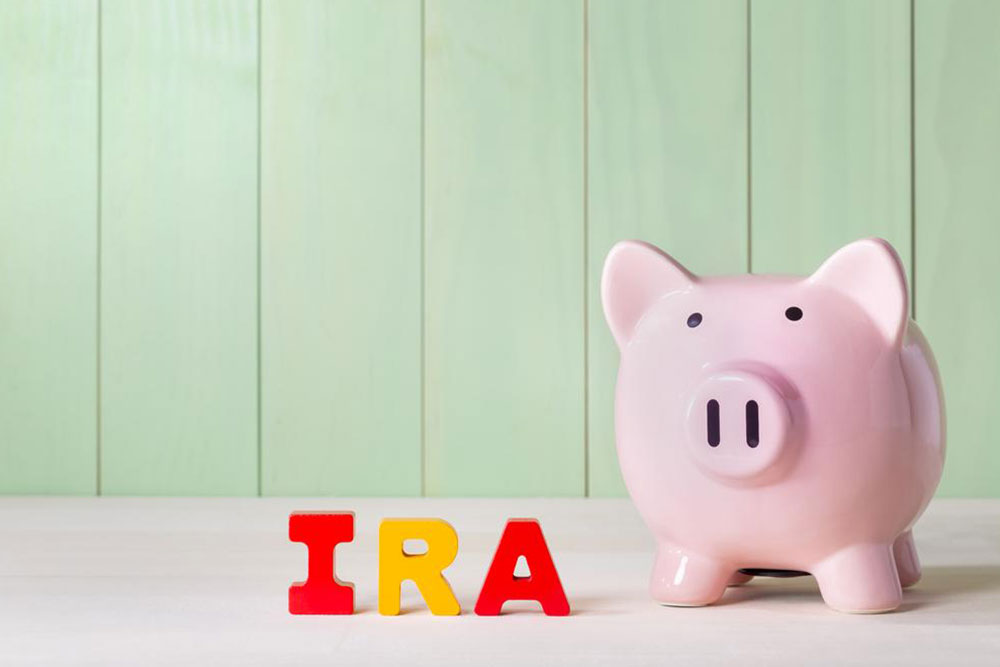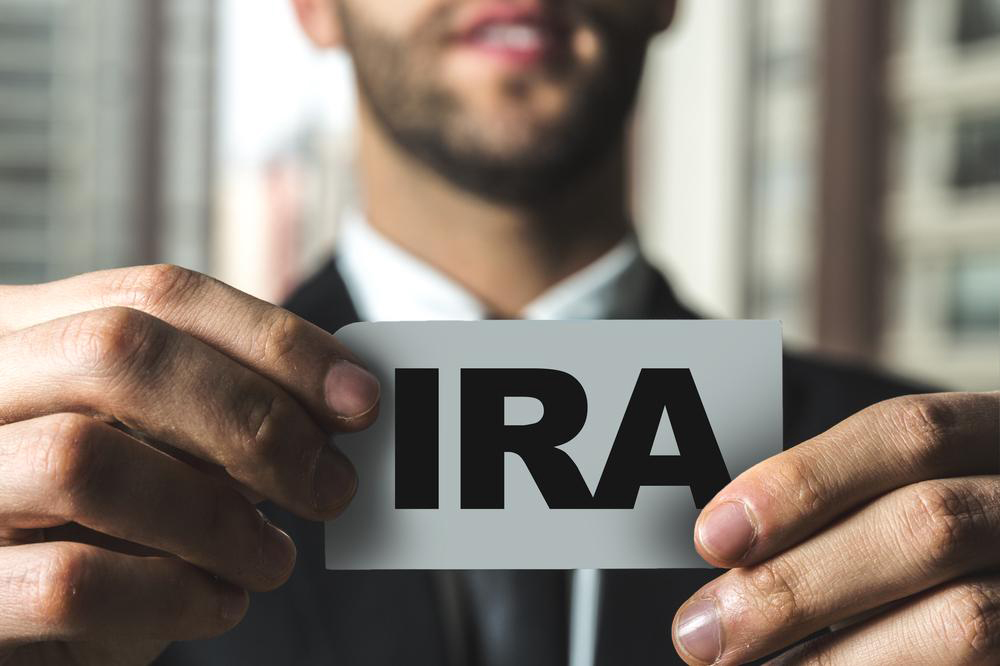Ultimate Guide to IRA Retirement Savings Options for Better Financial Security
This detailed guide covers all essential aspects of IRA retirement savings options, including Traditional, Roth, SEP, and Simple IRAs. Learn how to optimize your retirement planning with expert insights on contribution limits, tax benefits, and withdrawal rules. Discover strategies to grow your savings effectively and secure a comfortable future. Perfect for individuals looking to understand their IRA options and make informed financial decisions for retirement.

Comprehensive Overview of IRA Retirement Savings Plans
Planning for a secure retirement requires a strategic approach to savings, and Individual Retirement Accounts (IRAs) play a pivotal role in helping individuals build a solid financial foundation for their golden years. Whether you are just starting your career or planning to optimize your retirement portfolio, understanding the different types of IRAs and their benefits is essential for making informed financial decisions. In this comprehensive guide, we explore the various IRA options available, how they work, and how to maximize their advantages to ensure a comfortable and worry-free retirement.
Retirement savings accounts serve as critical tools to accumulate wealth over time, enabling individuals to enjoy a comfortable lifestyle once they stop working. These accounts can be sponsored by employers, government agencies, insurance companies, or unions, offering various tax benefits to encourage long-term savings. These tax advantages are governed by the Internal Revenue Code (IRC) and supervised by the Department of Labor under the Employee Retirement Income Security Act (ERISA). Domestic retirement plans are primarily classified into two categories: defined benefit plans, which promise a specific payout upon retirement, and defined contribution plans, where the amount depends on individual contributions and investment performance.
What is a contribution-focused retirement plan? These plans involve employees and/or employers making regular contributions into investment accounts such as mutual funds, stocks, bonds, or other securities. The goal is to grow the savings over time through compound interest and investment appreciation. Popular contribution-based retirement plans include IRAs, 401(k) plans, and profit-sharing schemes. They typically offer tax advantages if the contributions are made within IRS limits and the funds are not withdrawn prematurely, as early withdrawals can lead to penalties and tax liabilities.
What is an IRA? An Individual Retirement Account (IRA) is a specialized savings vehicle designed to help workers prepare financially for retirement. IRAs provide a flexible and tax-advantaged way to grow your savings, tailored to various financial goals and circumstances. They are widely popular because of their simplicity, accessibility, and the various options they offer to suit different investor needs.
Different types of IRAs include:
Traditional IRAs: These accounts allow you to make contributions that may be tax-deductible depending on your income and participation with employer-sponsored plans. The money in a Traditional IRA grows on a tax-deferred basis, meaning you do not pay taxes on gains until you withdraw funds during retirement. This setup can be advantageous for reducing current-year tax bills, especially if you expect to be in a lower tax bracket after retirement. However, starting at age 70.5, required minimum distributions (RMDs) must be taken, which can influence your retirement planning.
Roth IRAs: Funded with after-tax dollars, Roth IRAs allow qualified withdrawals on contributions and earnings to be tax-free, provided certain conditions are met. This feature makes Roth IRAs an excellent choice for individuals expecting to be in the same or higher tax bracket during retirement. Contributions are optional, and the account holder has greater flexibility in managing withdrawals without penalties or taxes, making them ideal for tax-efficient estate planning.
SEP IRAs: Simplified Employee Pension IRAs are primarily used by small business owners and self-employed individuals. Employer contributions are tax-deductible for the business, and employees can contribute as well, with combined contribution limits higher than traditional IRAs. SEP IRAs are straightforward to set up and manage, providing a convenient way to encourage retirement savings among small business employees or independent contractors.
SIMPLE IRAs: Savings Incentive Match Plans for Employees (SIMPLE) IRAs are designed for small businesses with 100 or fewer employees. These plans enable employees to defer part of their salary on a pre-tax basis, with employers often making matching contributions. They are simple to establish and administer, making them a popular choice for small companies looking to offer retirement benefits without complex compliance requirements.
Understanding the nuances of each IRA type can significantly impact your retirement planning strategy, helping you choose the best option tailored to your financial goals and situation. Making regular contributions, engaging in tax-efficient investment choices, and understanding withdrawal rules are key to maximizing the benefits of your IRA account. With careful planning and disciplined savings, you can build a substantial nest egg that ensures financial stability in your retirement years.





